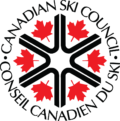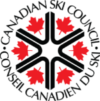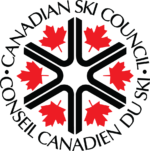How to Choose a Helmet
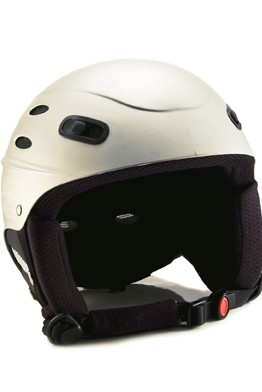
- Make sure to choose an approved helmet that has one of the following labels: CEN 1077, ASTM F-2040, or Snell RS-98.
- It is important to choose a helmet that properly fits the shape of your head:
- The front part of the helmet must sit two fingers width above your eyebrows.
- If the front part of the helmet sits too low, it will reduce your field of vision.
- If the front of your helmet sits high on your forehead, it won’t protect you as well.
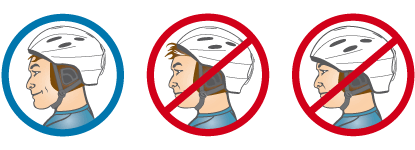
Tip: Put on your ski goggles. If you are wearing your helmet properly, you won’t be able to touch your forehead. Your goggles shouldn’t push your helmet backwards. ** Bring your goggles with you when you go helmet shopping.
The straps are there to keep your helmet in place. If the straps are not properly adjusted, your helmet won’t stay in a comfortable and safe position.
Read the product insert and the manufacturer’s recommendations to get the best performance out of your helmet.
Did you know that …
The size of a child’s head changes very little as he/she grows? When purchasing a helmet for a child, it is important to choose a model that is well adjusted to his/her head. Contrary to shoes, you should not take a larger size hoping that it will fit longer.
For more comfort and protection, you should not wear a pompom tuque or any other rigid accessory under your helmet.
Most manufacturers offer helmets with an adjustable built-in ventilation system that provides optimal comfort for the ambient temperature or the intensity of the physical activity.
You should inspect your helmet regularly to look for signs of wear and tear or damage. As soon as wear becomes apparent, the helmet should be replaced.
Helmets are made to cushion impacts. Every impact partially destroys the layer of foam in the inside liner. The damage to the liner may not be visible. A helmet that took a hard blow should be replaced.
Helmet Standards Policy
The Canadian Ski Council (CSC) and the Canadian Ski Area Associations (CWSAA, OSRA, ASSQ, ASAA) have adopted the following position regarding Canadian standards for ski and snowboard helmets (“snow sport helmets”):
We recommend that all snow sports helmets rented or sold at Canadian ski areas meet at least one of the three current international standards (ASTM F2040, CEN 1077, Snell RS-98).
We support the implementation of laws or regulations that would require all snow sport helmets sold in Canada to meet at least one of the three current international standards (ASTM F2040, CEN 1077, Snell RS-98).
The Canadian Standards Association (CSA) has developed its own snow sport helmet standard (Z263.1). In addition to the existing international standards, we would also support the CSA standard, should one or more helmet manufacturers elect to produce it.
